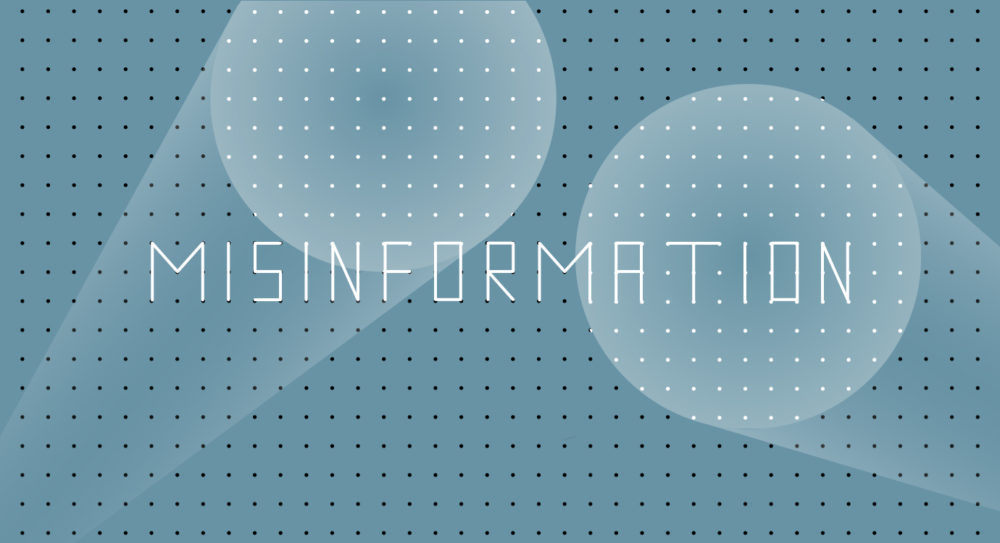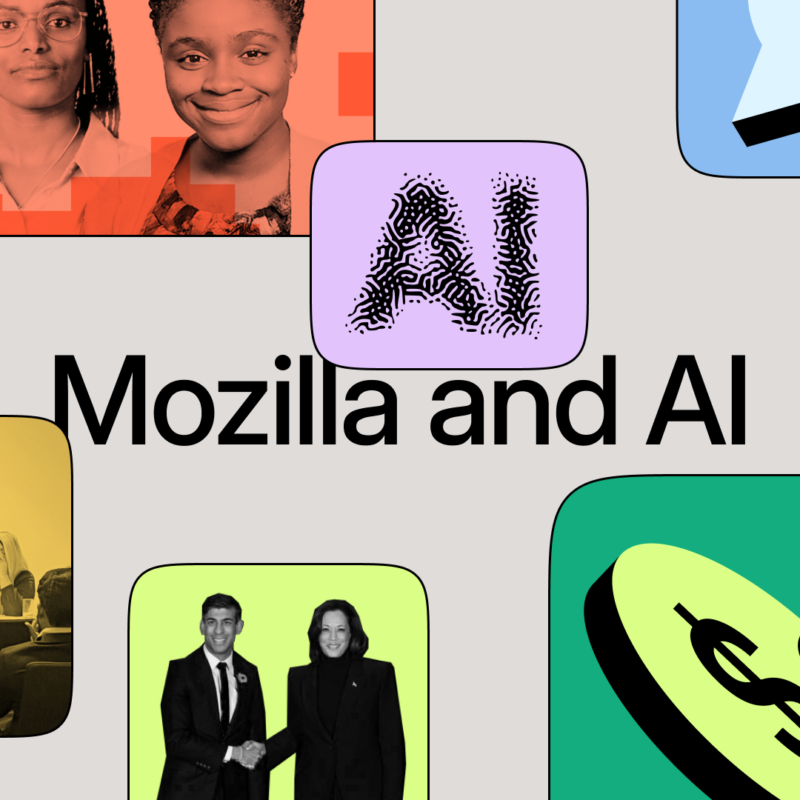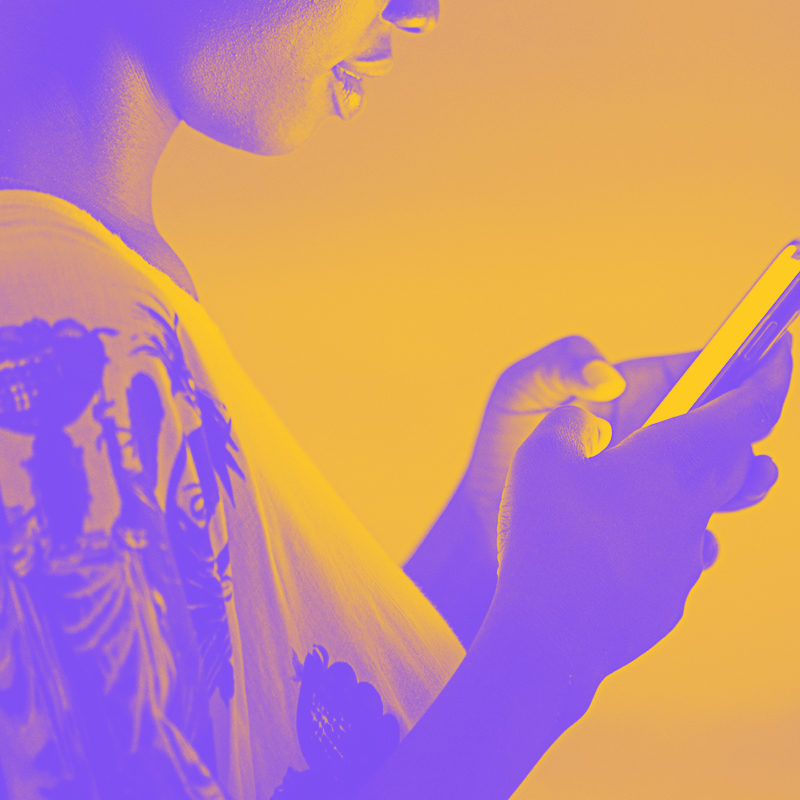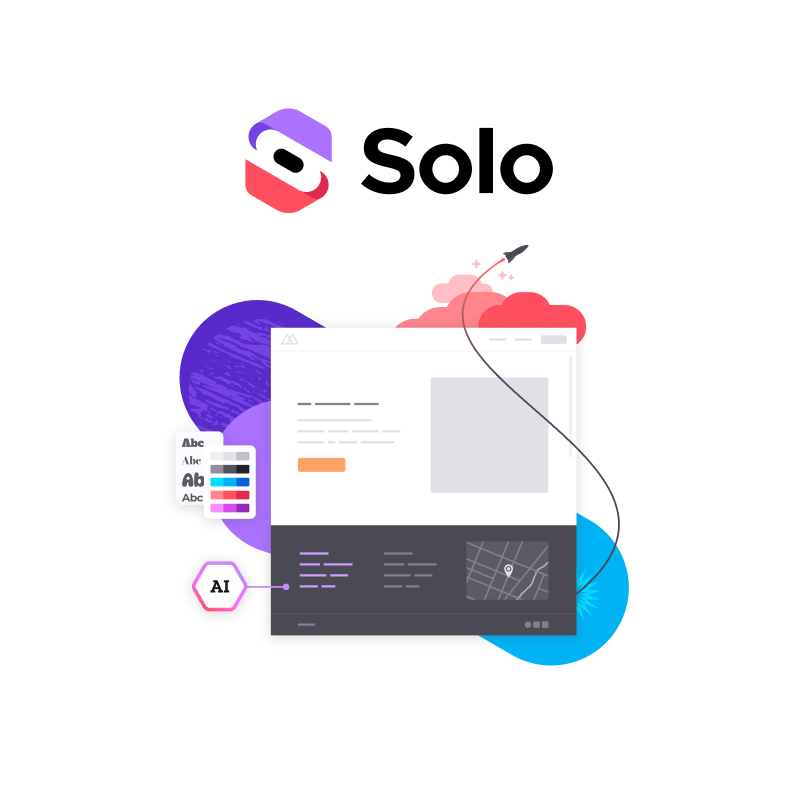I’m delighted to announce the winners of Mozilla’s Reality Redrawn Challenge after my fellow judges and I received entries from around the globe. Since we issued the challenge just two months ago we have been astonished by the quality and imagination behind proposals that use mixed reality and other media to make the power of misinformation and its potential impacts visible and visceral.
If you have tried to imagine the impact of fake news – even what it smells like – when it touches your world, I hope you will come to experience the Reality Redrawn exhibit at the Tech Museum of Innovation in San Jose. Our opening night runs from 5-9pm on May 17th and free tickets are available here. Keep an eye on Twitter @mozilla with the hashtag #RealityRedrawn for more details in the coming weeks. After opening night you can experience the exhibit in normal daily museum hours for a limited engagement of two weeks, 10am-5pm. We will be looking to bring the winning entries to life also for those who are not in the Bay Area.
The winner of our grand prize of $15,000 is Yosun Chang from San Francisco with Bubble Chaos. Yosun has won many competitions including the Salesforce Dreamforce 2011 Hackathon, Microsoft Build 2016 Hackathon and TechCrunch Disrupt 2016 Hackathon. She will use augmented reality and virtual reality to create an experience that allows the user to interact with misinformation in a creative new way.
Yosun says of her entry: “We iPhoneX face track a user’s face to puppeteer their avatar, then bot and VR crowdsource lipreading that avatar to form political sides. This powers the visuals of a global macroscopic view showing thousands of nodes transmitting to create misinformation. We present also the visceral version where the user can try to “echo” their scented-colored bubble in a “bubble chamber” to make the room smell like their scent with multiple pivoting SensaBubble machines.”
Our second prize joint semi-finalist is Stu Campbell (aka Sutu) from Roeburne in Western Australia. Sutu will receive $7,500 to complete the creation of his entry FAKING NEWS. He is known for ‘Nawlz’, a 24 episode interactive cyberpunk comic book series created for web and iPad. In 2016 he was commissioned by Marvel and Google to create Tilt Brush Virtual Reality paintings. He was also the feature subject of the 2014 documentary, ‘Cyber Dreaming’.
As Sutu explains: “The front page of a newspaper will be reprinted in a large format and mounted to the museum wall. Visitors will also find physical copies of the paper in the museum space. Visitors will be encouraged to download our EyeJack Augmented Reality app and then hold their devices over the paper to see the story augment in real time. Small fake news bots will animate across the page, rearranging and deleting words and inserting news words and images. The audience then has the option to share the new augmented news to their own social media channels, thus perpetuating its reach.”
Mario Ezekiel Hernandez from Austin also receives $7,500 to complete his entry: Where You Stand. Mario graduated from Texas State University in 2017 with a degree in Applied Mathematics. He currently works as a data analyst and is a member of the interactive media arts collective, vûrv.
Mario’s entry uses TouchDesigner, Python, R, OpenCV, web cameras, projectors, and a mac mini. Mario says of his entry: “Our solution seeks to shine a light on the voices of policymakers and allow participants to freely explore the content that is being promoted by their legislative representatives. The piece dynamically reacts to actor locations. As they move along the length of the piece tweets from each legislator are revealed and hidden. To highlight the polarization we group the legislators by party alignment so that the most partisan legislators are located at the far ends of the piece. As participants move away from the middle in either direction, they will see more tweets from increasingly partisan legislators.”
Emily Saltz is a UX Designer from Bloomberg LP and will be traveling from New York with her entry Filter Bubble Roulette, after receiving prize money of $5,000. Previously she was UX and Content Strategist at Pop Up Archive, an automatic speech recognition service and API acquired by Apple.
Emily says of her entry: “This social webVR platform plays into each user’s curiosity to peek into other social media filter bubbles, using content pulled from social media as conversational probes. It will enable immersive connection people across diverse social and political networks. The project is based on the hypotheses that 1) users are curious to peek into the social media universes of others, 2) it’s harder to be a troll when you’re immersed in someone else’s 3D space, and 3) viewing another person’s filter bubble in context of their other interests will enable more reflection and empathy between groups.”
Rahul Bhargava is a researcher and technologist specializing in civic technology and data literacy at the MIT Center for Civic Media. There he leads technical development on projects ranging from interfaces for quantitative news analysis, to platforms for crowd-sourced sensing. Based in Boston, he also won $5,000 to create his entry Gobo: understanding social media algorithms.
Rahul says of his entry: “The public lacks a basic understanding of the algorithm-driven nature of most online platforms. In parallel, technology companies generally place blind trust in algorithms as “neutral” actors in content promotion. Our idea tackles this perfect storm with a card-driven interactive piece, where social media content is scored with a variety of algorithms and prompts to discuss how those can drive content filtering and promotion. Visitors are engaged to use these scores as inputs to construct their own meta-algorithm, deciding whether things like “gender” detection, “rudeness” ranking, or “sentiment” analysis would drive which content they want to see.”
The Reality Redrawn Challenge is part of the Mozilla Information Trust Initiative announced last year to build a movement to fight misinformation online. The initiative aims to stimulate work towards this goal on products, research, literacy and creative interventions.



